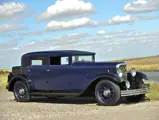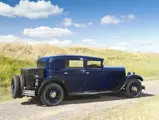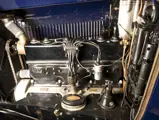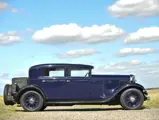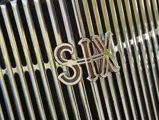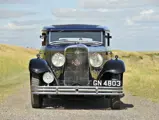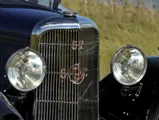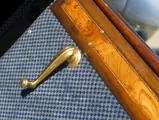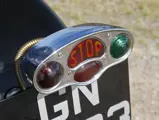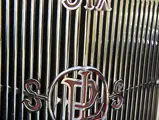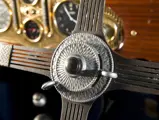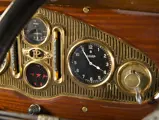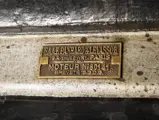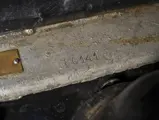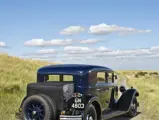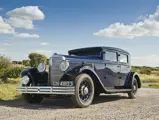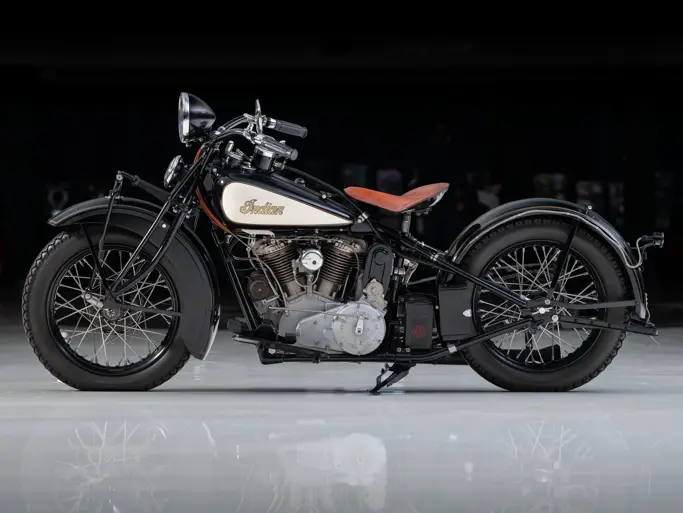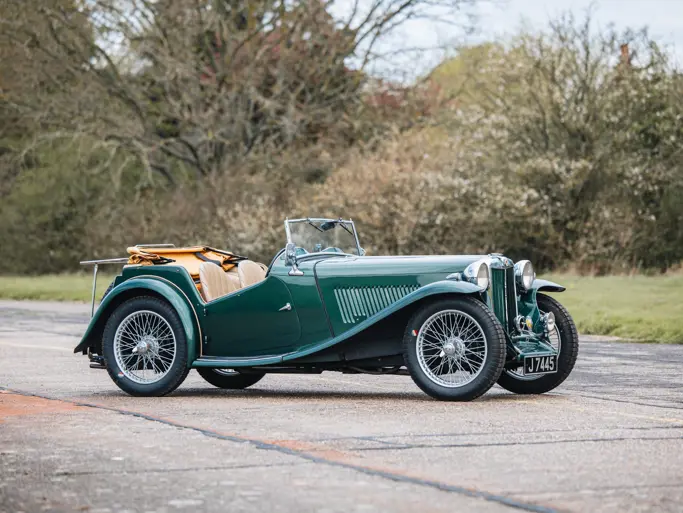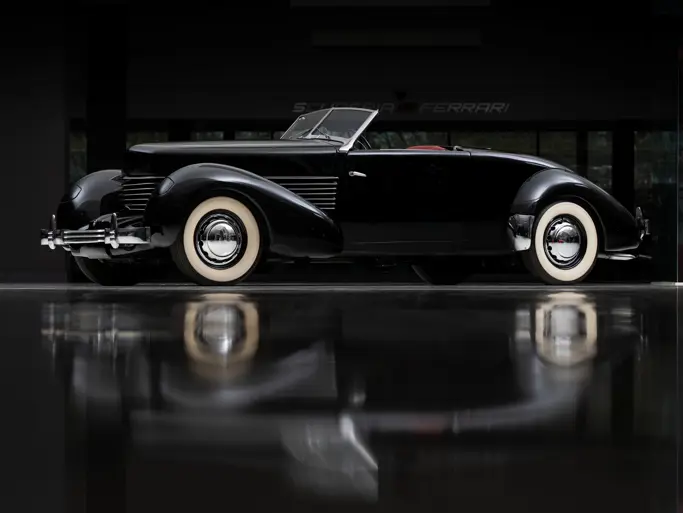London 2011
1931 Panhard et Levassor SS6 Special Saloon
{{lr.item.text}}
£55,000 GBP | Sold
 | London, United Kingdom
| London, United Kingdom
{{internetCurrentBid}}
{{internetTimeLeft}}

3,500 cc “Knight” sleeve-valve engine, four-speed manual transmission, four-wheel drum brakes.
• Three-year comprehensive ground-up restoration
• One-off coachwork reputedly designed by Frenchman Louis Bionier for the 1932 Louis Vuitton show
• Art Deco details including brushed gold interior accents
• “Silent Knight” sleeve-valve engine
Having acquired the rights to the Daimler engine, the engineers at Panhard built their first car in 1891. Four identical rear-engine cars were built, but Levassor soon developed the basic layout of a front engine beneath a bonnet driving the rear wheels: a formula quickly adopted by most other constructors of horseless carriages. Although Benz and Daimler built their first automobiles earlier, Panhard et Levassor was the first manufacturer to adopt series production of automobiles. The Daimler engine was succeeded in 1895 with an engine of Panhard’s own design, a mainstay for many years to come. They had early success in racing and were doing so well by 1909 that they offered four different models when most other manufacturers had one or, at most, two.
Panhard et Levassor was also an early proponent of Charles Yale Knight’s sleeve-valve engine. As early as 1910, the “Silent Knight” engine became dominant at Panhard. The Knight engine differed from others in that it had sliding sleeves between pistons and cylinder walls. The sleeves were notched in order to line up with the corresponding openings in the stationary cylinder walls; the sleeves served as valves, eliminating the need for the usual mushroom-type poppet valves found in conventional internal combustion engines. The engine, by comparison to its conventional counterparts, operated in near silence. This was ideal for an automobile of Panhard’s standards. After 1925, all Panhards adopted the Knight engine (until the years following WWII).
This striking and unique Panhard et Levassor of 1931 was found in the United Kingdom in the mid-1960s and was purchased by the Sharpe family of Essex. It remained in their collection until 2003 when it was sold to the current owner. At the time its registration plate “GN 4803” was affixed; its prefix indicates that it was originally supplied to the vehicle by the London City Council in 1931. This suggests that the car has always been in the UK. It is believed that the car has one-off coachwork, reportedly constructed to appear in Paris at the Louis Vuitton show of 1932, although this cannot be confirmed conclusively.
Louis Bionier is given credit for the unique coachwork. Its chopped roofline and gun-slit windows give it a sinister yet seductive appearance, not unlike the famous 1930 Bentley Speed Six “Blue Train” by Gurney Nutting. The dark blue exterior with matching wheels and minimal chrome add to its understated elegance. Bionier worked as a designer for Panhard from 1927 on and most notably styled the Panhard Dynamic (1936), the Dyna X (1949), the Dyna Z (1953) and PL 24 Coupé (1963). He became responsible for the redesign of Citroën cars when Panhard was taken over by Citroën in 1965.
The current owner spent many years attempting to secure the purchase of this automobile, relishing its potential as a restored vehicle. Once in his possession, he began an exhaustive and comprehensive three-year restoration in 2005, using local engineers and specialists. The owner is quick to note that he provided regular input into the restoration, making sure that the work was done properly and to his exacting standards. The sleeve-valve engine was entrusted to Ted Overton, an individual experienced in the refurbishing of a number of engines of this type. Along with the mechanicals, the body was restored and expertly refinished. The interior, replete with Art Deco features, was also restored to its original grandeur. The interior fabric was chosen to replicate the original as closely as possible, and the dashboard was re-plated in brushed gold to original specifications. Other striking gold accents include the window frames, door handles and window cranks. On the exterior, Marchal head and driving lights lead the way, while a Rappa trunk and twin spare tyres complete the rear. A period tool roll found with the car is included.
Any complete collection of French motor cars requires an automobile as unique as this, and it would be welcome at concours events the world over.

